In the Geluk school of Tibetan Buddhism rigorous debate is used throughout the twenty year academic curriculum to test and access the student’s progress. Six hours a day are dedicated to debate in which the Challenger energetically questions the student, clapping their hands in a traditional gesture of cutting through ignorance.
The central purposes of Tibetan monastic debate are to defeat misconceptions, to establish a defensible view, and to clear away objections to that view. Debate for the monks of Tibet is not mere academics, but a way of using direct implications from the obvious in order to generate an inference of the non-obvious state of phenomena. In practice, the usual form is a debate between a Challenger, standing and asking questions, and a Defender, sitting and answering those questions. The attitude is as if the Challenger is respectfully approaching the Defender with a quandary. The dramatic clapping is done by the standing Challenger only, and is used to punctuate the end of the “question,” which is an argument in response to the Defender’s answer.
In their understanding of the gesture, the right hand represents method, meaning especially the practice of compassion, and the left hand represents wisdom. Bringing the two hands together represents the joining of wisdom and method. At the moment of the clap, you hear the left foot stomp down and that represents slamming shut the door to rebirth in the lower levels. After the simultaneous clap and stomp, the Challenger holds out the left arm of wisdom to keep shut the door to all rebirth. Also, in that gesture, the Challenger uses his right hand to raise up his prayer beads around his left arm. This represents the fulfillment of the efforts of compassion, in lifting up all suffering beings out of the round of rebirth.
Click here to learn more about the procedures and rules of debate



